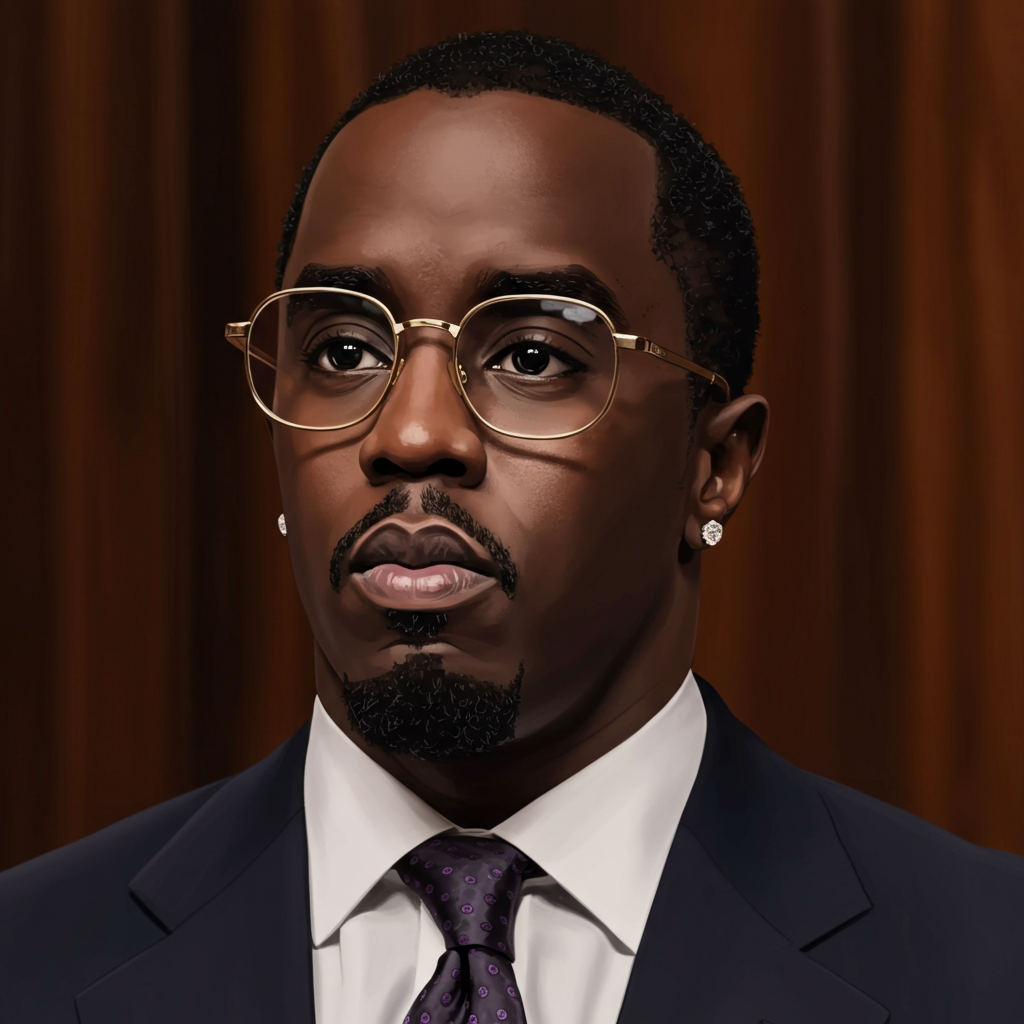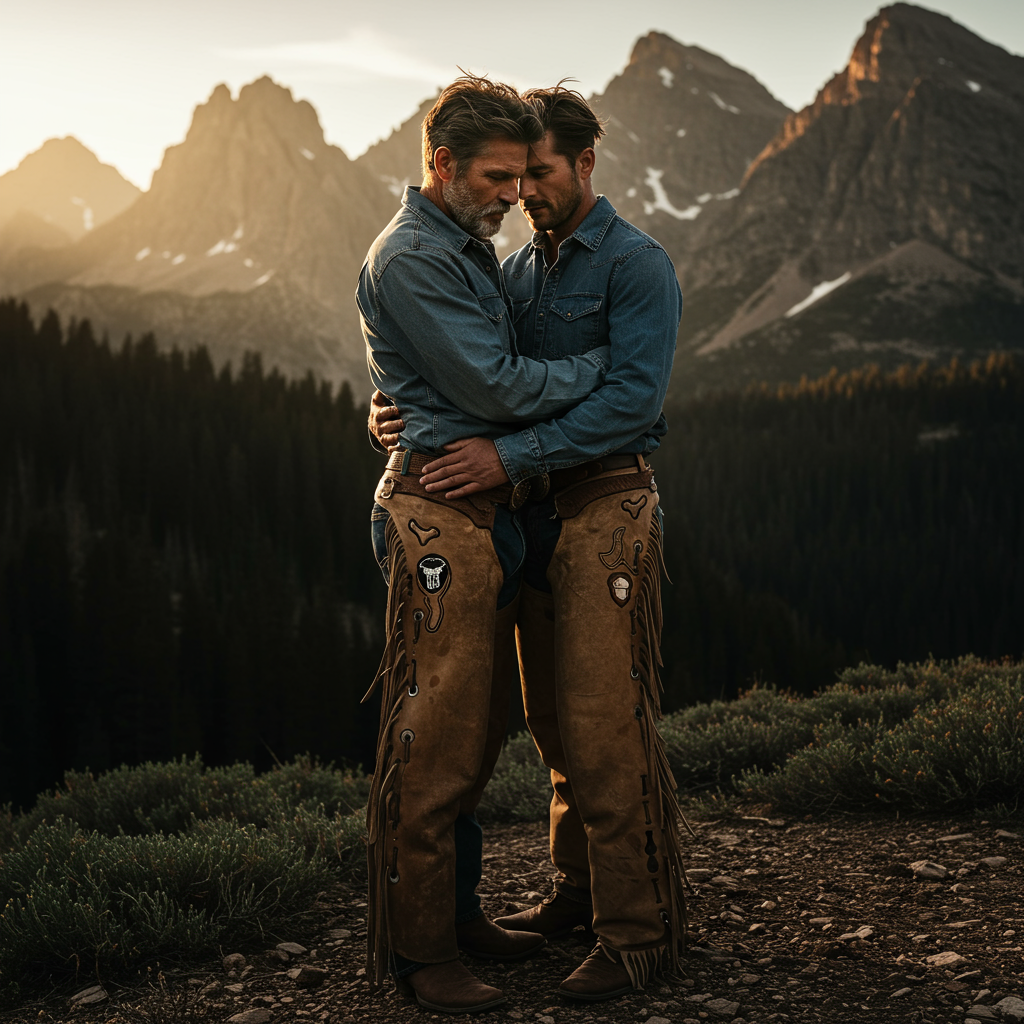The high-profile federal criminal trial of music mogul Sean “Diddy” combs unfolded over six weeks in the Southern District of New York, gripping national attention. Following intense jury deliberation, a split verdict was delivered: Combs was found guilty on two lesser counts but acquitted of the most serious allegations, including sex trafficking and racketeering. Now, a unique perspective emerges from an alternate juror, a Manhattan resident named George, who sat through every day of testimony. George offers a rare glimpse into the proceedings and shares why he fully grasps the conclusions reached by the twelve deliberating panelists, providing valuable insight into the complexities of the case.
Inside the Sean Combs Federal Trial
Sean Combs faced a total of five federal charges stemming from an indictment initially unsealed in September 2024 and later expanded in April. The counts included racketeering conspiracy, two counts of sex trafficking by force, fraud, or coercion, and two counts of transportation to engage in prostitution. Throughout the proceedings, Combs maintained his plea of not guilty.
After roughly thirteen and a half hours of deliberation spread across three days, the jury, composed of eight men and four women, reached a verdict. Sean Combs was found guilty on two counts: transportation to engage in prostitution, specifically concerning former girlfriend Casandra Ventura Fine and another woman identified as “Jane.” However, he was acquitted of the racketeering conspiracy charge and both counts of sex trafficking related to Ventura Fine and “Jane.” This mixed outcome surprised many observers.
The Alternate Juror’s Unique Position
George served as one of six alternate jurors during the Combs trial. Despite attending the entirety of the lengthy 28 days of testimony and evidence presentation, he did not participate in the final jury deliberations. This distinct role allowed him to absorb all the information presented to the court without the pressure of having to reach a unanimous decision with eleven other people.
George documented the proceedings diligently, accumulating approximately 350 pages of handwritten notes. He described the jurors as forming a collegial group, even sharing meals while strictly following the judge’s instructions to avoid discussing the case until deliberations officially began.
His primary takeaway from the experience is a clear understanding of precisely how the twelve deliberating jurors arrived at their verdict. Based on his extensive notes and observations of the evidence and witness testimony, George stated he believes he likely would have reached the same conclusions himself if he had been part of the deliberating panel.
Why the Major Charges Were Tough to Prove
George’s insights offer potential explanations for the jury’s decision to acquit Combs on the more severe charges. He specifically commented on the racketeering conspiracy count, acknowledging that it was a “tough case to prove.” According to George, there was “always a little bit of doubt there, even from the beginning,” suggesting that the prosecution faced an uphill battle from the outset. To secure a racketeering conviction, prosecutors needed to convince the jury that Combs led a “criminal enterprise” and committed at least two specific unlawful acts (predicate acts) as part of that enterprise. Proving the existence of an agreement among individuals involved in this enterprise, even through inference, proved challenging.
Regarding the sex trafficking charges related to Casandra Ventura Fine and “Jane,” George was candid in his assessment. Based on the evidence he witnessed, including video footage and testimony about sexual encounters often referred to as “freak offs” during the trial, he was not convinced that these women were “forced” into participating. He felt they appeared more like “willing participants” in these events. George specifically referenced text messages from Ventura Fine introduced by the defense, which he felt did not indicate she was compelled into sexual activities.
George also shared his perception of the “freak off” videos shown to the jury but shielded from the public. Contrary to potential speculation about graphic content, he described them as “pretty tame,” primarily depicting “a lot of rubbing oil and stuff.” This perception about the nature of the videos could have influenced views on the degree of coercion involved. Legal experts, like former federal prosecutor Neama Rahmani, noted that the defense effectively used evidence like affectionate messages from victims to challenge the prosecution’s coercion narrative, a strategy that appeared successful according to the alternate juror’s view.
Witness Credibility and Defense Strategy
The alternate juror highlighted the defense team’s effectiveness in challenging the credibility of key witnesses. He noted that the defense was particularly successful in making witness Dawn Richard appear “very not credible,” describing her cross-examination by the defense as “like a takedown.” George was openly impressed by the defense’s overall work during the trial, suggesting their strategy resonated with him.
Despite his views on the sex trafficking allegations concerning force, George found Casandra Ventura Fine’s testimony “very credible.” He stated, “I think we did” believe her and felt she would not have testified while heavily pregnant just to lie. Ventura Fine had testified for four days, detailing allegations of abuse and describing feeling trapped and coerced into fulfilling Combs’s desires out of a need to please him or fear of retaliation. Similarly, George said he “did believe her” concerning “Jane,” but observed that “some parts didn’t add up as much,” specifically finding Jane’s testimony about an alleged physical assault in 2024 “seemed a little strange.”
George also commented on the widely publicized 2016 surveillance video showing Combs assaulting Ventura Fine. He called it a “very bad video” but stated he firmly believed it did not influence the jury’s verdict. His reasoning was that Combs “wasn’t charged with domestic violence” in this federal trial, and the jury focused strictly on the charges presented and the evidence directly related to them, adhering to the judge’s instructions.
Understanding the Convictions
While much of George’s public commentary focused on the acquittals, his statement that he understood the jury’s verdict encompasses the guilty findings as well. The two convictions for transportation to engage in prostitution under the Mann Act relate to allegations that Combs transported Ventura Fine and “Jane” across state lines for the purpose of engaging in commercial sex acts. Evidence presented during the trial included detailed testimony, text messages, voicemails, records of hotel bookings, and financial arrangements, which prosecutors argued supported these specific charges.
Deliberation Challenges and Post-Verdict Developments
Although not part of the final discussions, George’s interaction with the jury panel suggested they were a respectful group who followed instructions. Court records indicated the deliberating jury faced difficulties, including a note expressing concern that one juror might not be following instructions. Jurors also requested to review specific testimony transcripts related to key incidents. The possibility of a deadlock on the racketeering count led to discussions about potentially issuing an “Allen charge,” a legal instruction encouraging jurors to reconsider their positions to reach a verdict, though ultimately a full verdict was reached.
Immediately following the split verdict on July 2nd, Sean Combs was ordered to remain in custody pending sentencing, scheduled for October 3rd. Prosecutors had argued for detention, estimating a potential jail term of around 51 to 63 months (roughly four to five years) based on sentencing guidelines, though each count carries a maximum of 10 years. The defense sought bail, citing the acquittals on charges that carried possible life sentences. The judge denied bail, reportedly referencing the defense’s own descriptions of Combs as violent during the trial and noting safety concerns raised by witnesses. Combs will receive credit for 10 months served.
The trial’s outcome has elicited varied reactions. From prison, former music executive Suge Knight suggested the industry is forgiving but Diddy “got caught” after “piss[ing] off the wrong person.” Attorney Gloria Allred, representing clients with civil claims against Combs, stated the verdict does not diminish the Me Too movement, emphasizing that victims continue to come forward and justice is pursued through multiple legal avenues, including numerous civil lawsuits still pending against Combs. Experts like Emma Katz note that the verdict highlights ongoing societal challenges in understanding the complexities of intimate partner abuse and coercion, which can be difficult for juries to fully grasp despite compelling victim testimony.
Frequently Asked Questions
What charges was Sean Combs convicted and acquitted of in the trial?
Sean “Diddy” Combs was found guilty of two counts of transportation to engage in prostitution concerning Casandra Ventura Fine and “Jane.” He was acquitted of the more serious charges: one count of racketeering conspiracy and two counts of sex trafficking by force, fraud, or coercion related to Ventura Fine and “Jane.” The jury delivered this split verdict after deliberating for approximately 13.5 hours.
Why did the alternate juror believe the major charges like racketeering and sex trafficking were hard to prove?
Alternate juror George felt the racketeering charge was difficult because proving a “criminal enterprise” and linking specific actions as predicate acts required overcoming “a little bit of doubt.” For sex trafficking, based on the evidence he saw (including “pretty tame” videos and text messages), he wasn’t convinced the alleged victims were “forced,” perceiving them more as “willing participants.” He noted the defense’s effectiveness in challenging witness credibility, which could have contributed to difficulty proving these charges beyond a reasonable doubt for the jury.
How did external experts view the verdict’s implications for understanding abuse and coercion?
Some experts, like domestic abuse specialist Emma Katz, suggest the split verdict reveals gaps in public understanding of long-term abuse and coercion within intimate relationships. They argue the ruling might overlook coercive tactics abusers use, making it hard for juries to distinguish between consensual acts and those compelled by control and fear, despite powerful testimony about feeling trapped or fearing retaliation.
Conclusion: A Glimpse into the Jury’s Mindset
The Sean Combs trial concluded with a complex split verdict, finding the music mogul guilty of lesser charges while acquitting him of the most severe allegations. The perspective of alternate juror George offers a unique and valuable window into the evidence and arguments presented, as perceived by someone who sat through the entirety of the lengthy proceedings. His reported understanding of the deliberating jury’s verdict, particularly his views on the challenges prosecutors faced in proving the racketeering and sex trafficking counts, provides rare public insight into the potential factors that influenced the final decision. As Sean Combs remains in custody awaiting sentencing and faces ongoing civil litigation, the trial’s outcome continues to spark discussion about legal processes, the complexities of prosecuting abuse, and broader societal understandings of power, coercion, and consent.



